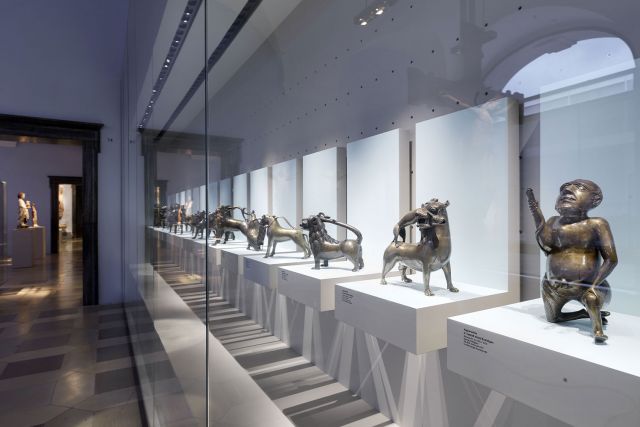
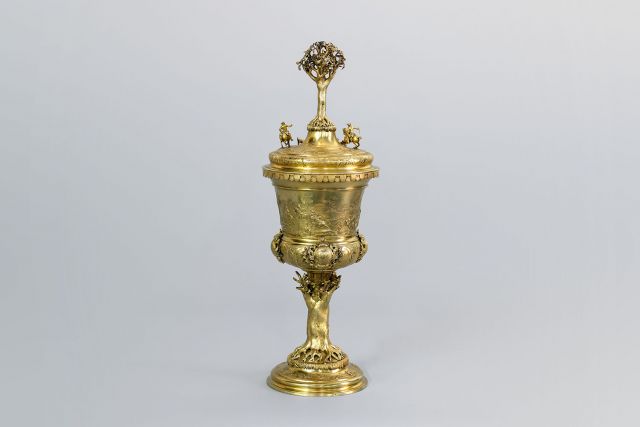
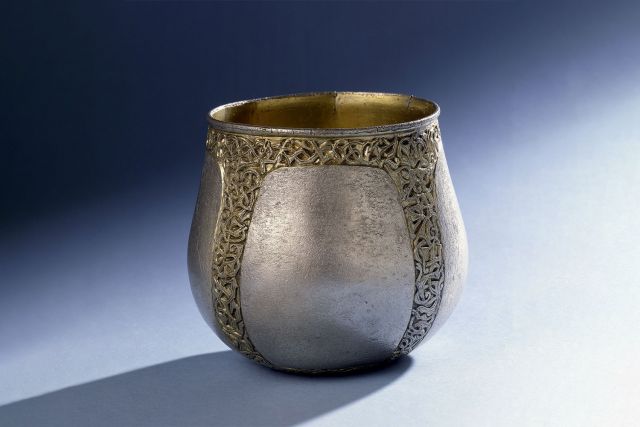
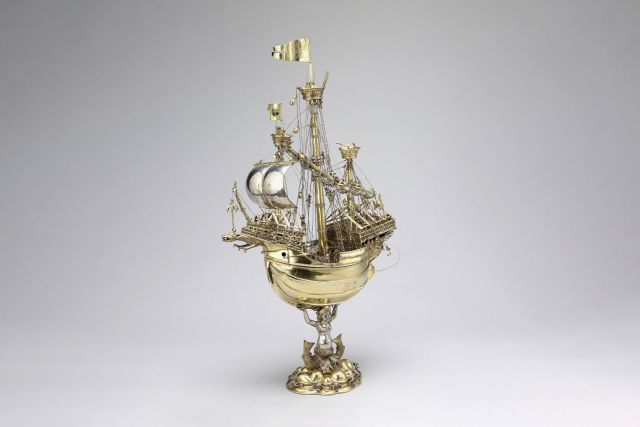
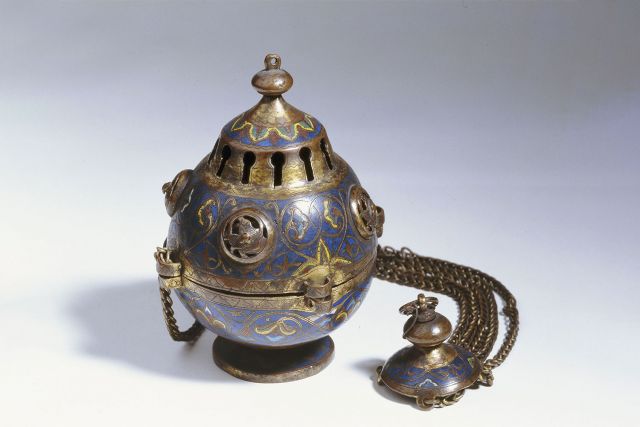
Germanisches National Museum
- Nuremberg, Germany
- Museum
Tuesday to Sunday 10:00 - 18:00, Wednesday 10:00 - 20:30
+49 91113310
The Germanisches Nationalmuseum in Nuremberg is one of the oldest and most important museums in Central Europe. It was founded in 1852 by the Franconian nobleman Hans Freiherr von und zu Aufseß, who intended to establish a “well-structured general repertory of all source material for German history, literature and art”. In light of the failed political unification of the German states in 1848, the aim was to document the unity of the German-speaking cultural regions.
Today, the collection comprises more than 1.3 million objects - from prehistory and early history to contemporary art. Next to masterpieces by Albrecht Dürer and the famous Behaim globe – the oldest globe in the world – the collection features sculptures, astrolabes, armours, musical instruments, as well as design classics from the Bauhaus to the present. At the beginning of 2021, the permanent exhibition on the history of craftsmanship will be reopened, presenting rare mechanical tools as well as precious guild possessions such as trophies and ceremonial objects.









